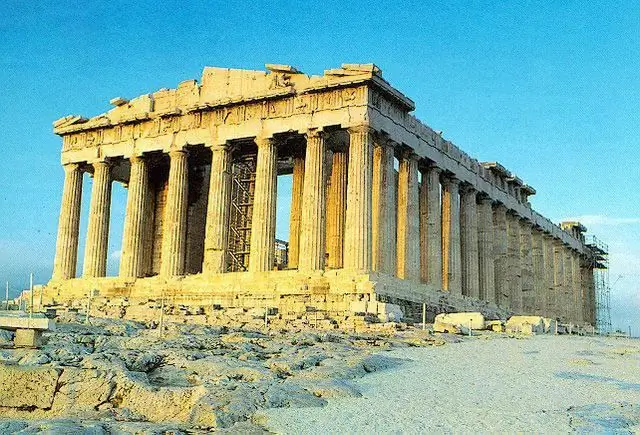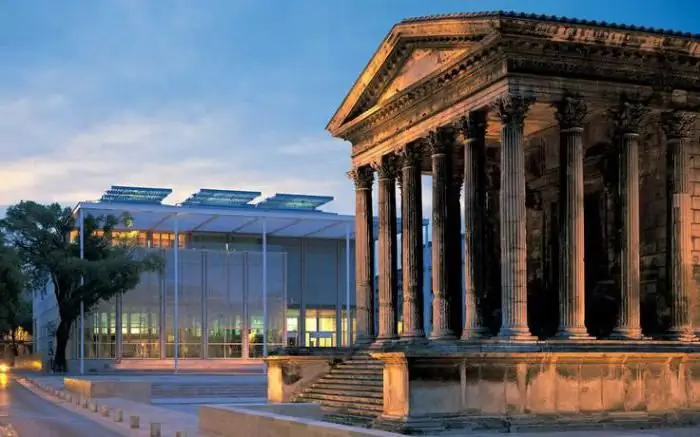- Author Harold Hamphrey [email protected].
- Public 2023-12-17 10:06.
- Last modified 2025-01-24 11:10.
Russian tourists mainly go to the Greek island of Crete for the sun and the sea. The fertile subtropical climate gives it to them in abundance. But there is one attraction that is simply a must-see when visiting Crete - the labyrinth of the Minotaur. An excursion to this mysterious place will immerse you in the world of ancient Greek myths. Walking through the endless suite of rooms, passages, stairs and courtyards, you will feel that it is here that reality is closely intertwined with legends, and one is already inseparable from the other.

What is the labyrinth of the Minotaur in Crete? Photos of this attraction are so replicated that everyone has probably seen it. So often called the Palace of Knossos of King Minos, which is located five kilometers from the city of Heraklion. In addition to organized excursions, you can get there on your own: regular buses run from Lviv Square and from the bus station. Arriving by minibus and getting into the heart of an ancient myth for six euros is not a miraclewhether?

Let's still try to figure out what the Palace of Knossos is: a wonderful example of the palace architecture of the Cretan-Mycenaean civilization or the sinister and creepy labyrinth of the Minotaur? Archaeological excavations carried out at the beginning of the 20th century by Sir Arthur John Evans, far from any poetics, showed the following.
Back in 2000 B. C. e. a palace stood on this site - much smaller and more modest than the one restored by a British explorer. In 1700 BC. e. it was destroyed by an earthquake. On its ruins, a gigantic (180 x 130 meters) architectural ensemble was built, which included the private chambers of King Minos, halls for meetings of dignitaries and government and religious ceremonies of the inhabitants of the city of Knossos. This masterpiece lasted until 1450 BC. e. Then there was a volcanic eruption that destroyed both the labyrinth of the Minotaur and the entire Cretan-Mycenaean civilization.

The myth tells about this. King Minos had two children. This is the beautiful Ariadne and the son with the body of a man and the head of a bull. To hide the ugliness of the Minotaur, his father built an extremely intricate labyrinth for him. The Athenians, who at that time were enslaved by Crete, had to send 14 beautiful boys and girls every seven years to be devoured by a monster. The brave hero Theseus went to Crete to save young people. Fortunately, the daughter of Minos fell in love with the daredevil and figured out a way for Theseus to get back out of the tangled weave of rooms and passages into the sunlight. She gave hima ball of thread, tying one end to the entrance to the labyrinth of the Minotaur. After killing the monster, Theseus made it safely to the surface.
Knossos Palace really gives the impression of an intricate labyrinth. His symbolic image, the labros, is often present on the wall paintings of the chambers. Moving from hall to hall, one can observe that in the Mycenaean civilization the cult of the bull-god was confessed. Numerous frescoes depict girls and boys jumping over the head of this animal, fighting with each other. All these pictures involuntarily make us remember the myth of the Athenian youths sent as a tribute to the monster, and believe in the labyrinth of the Minotaur.






